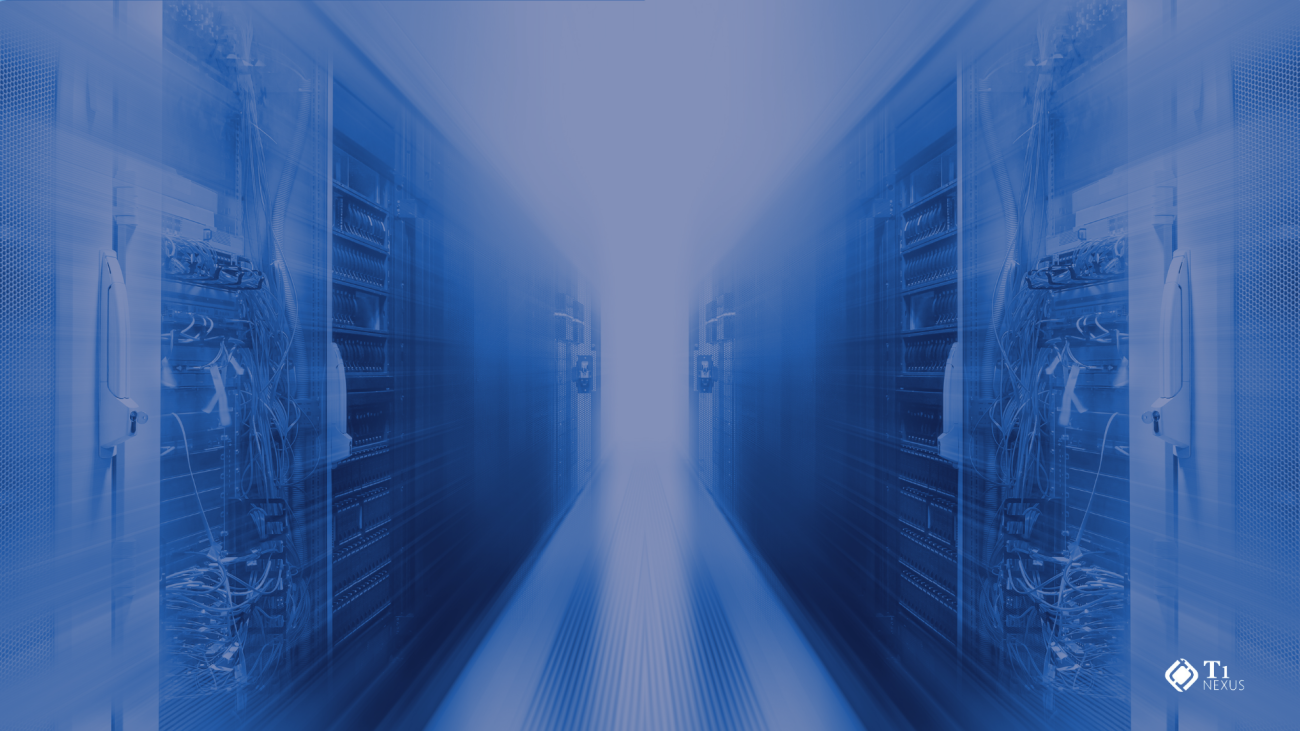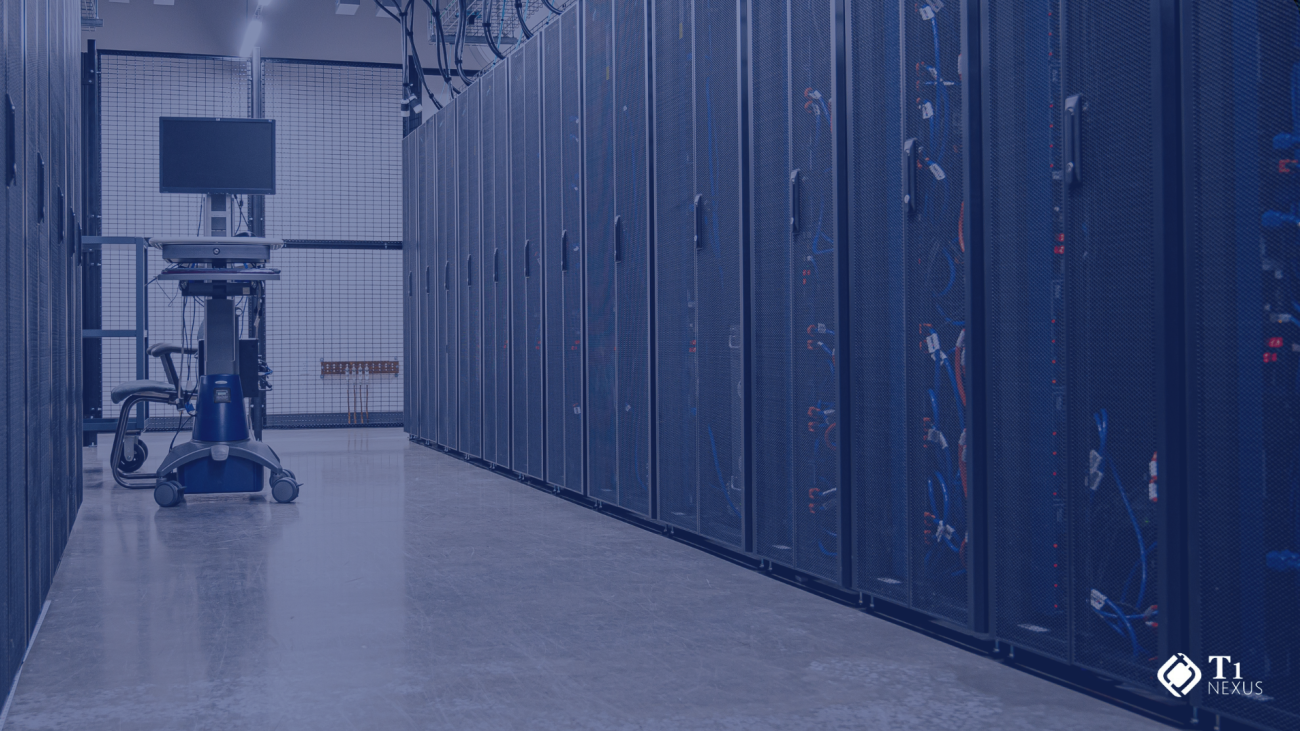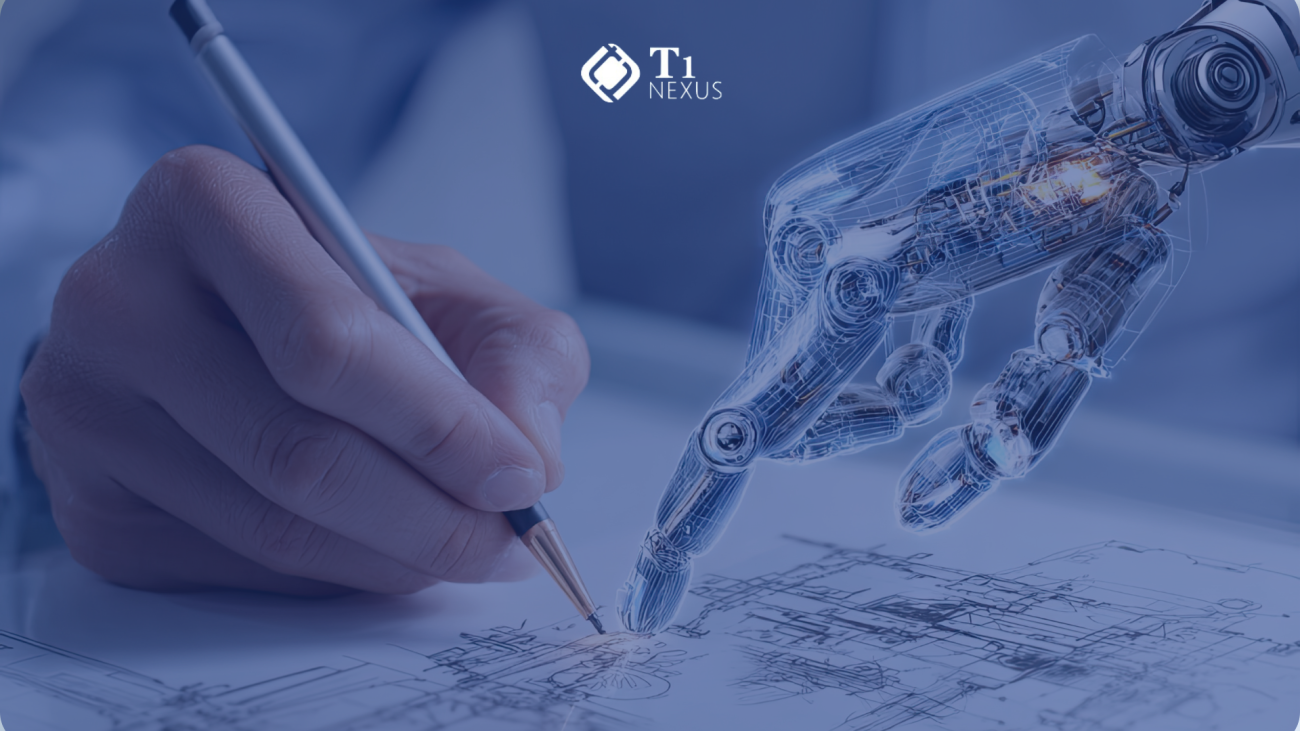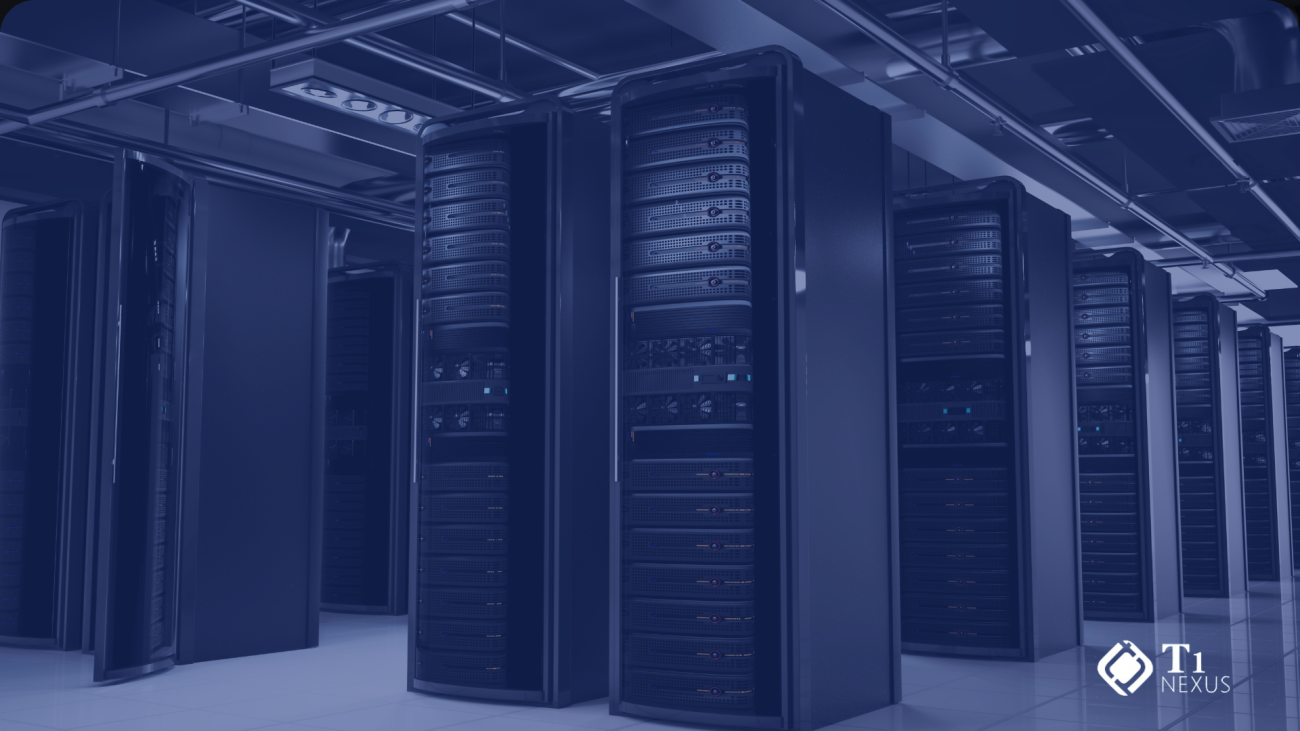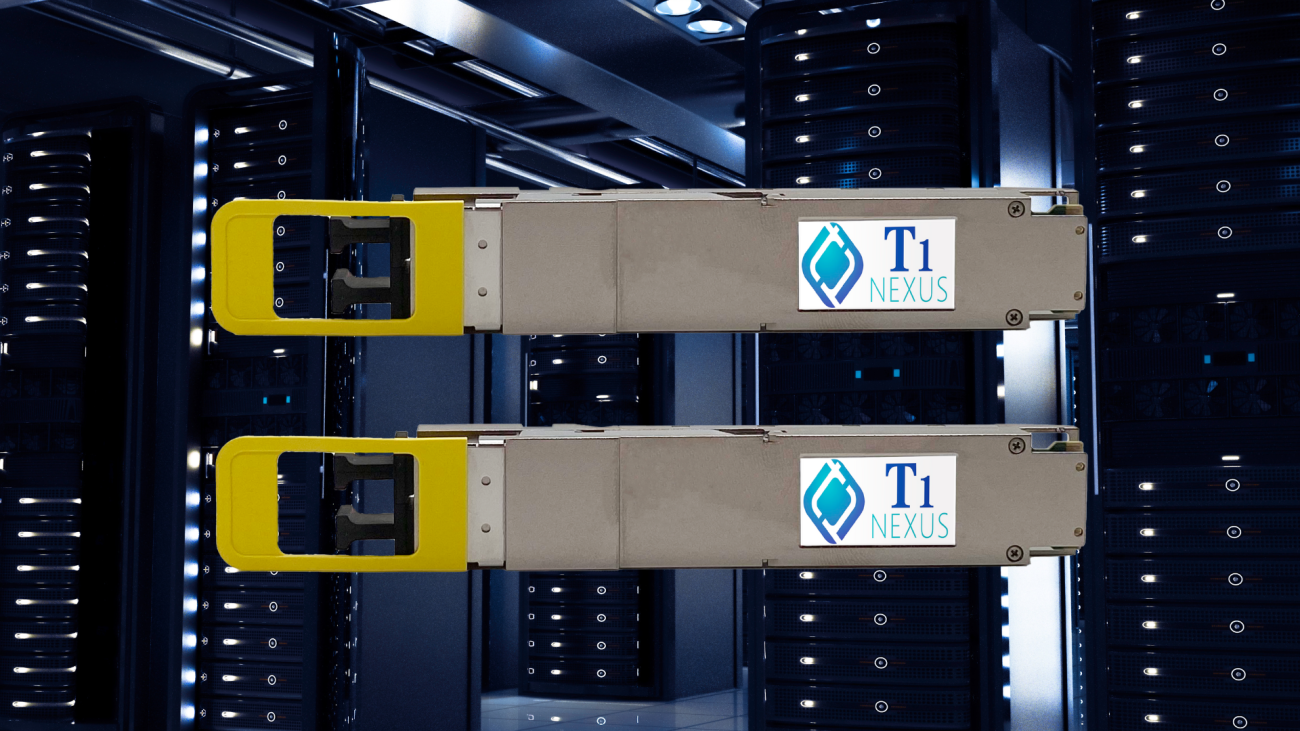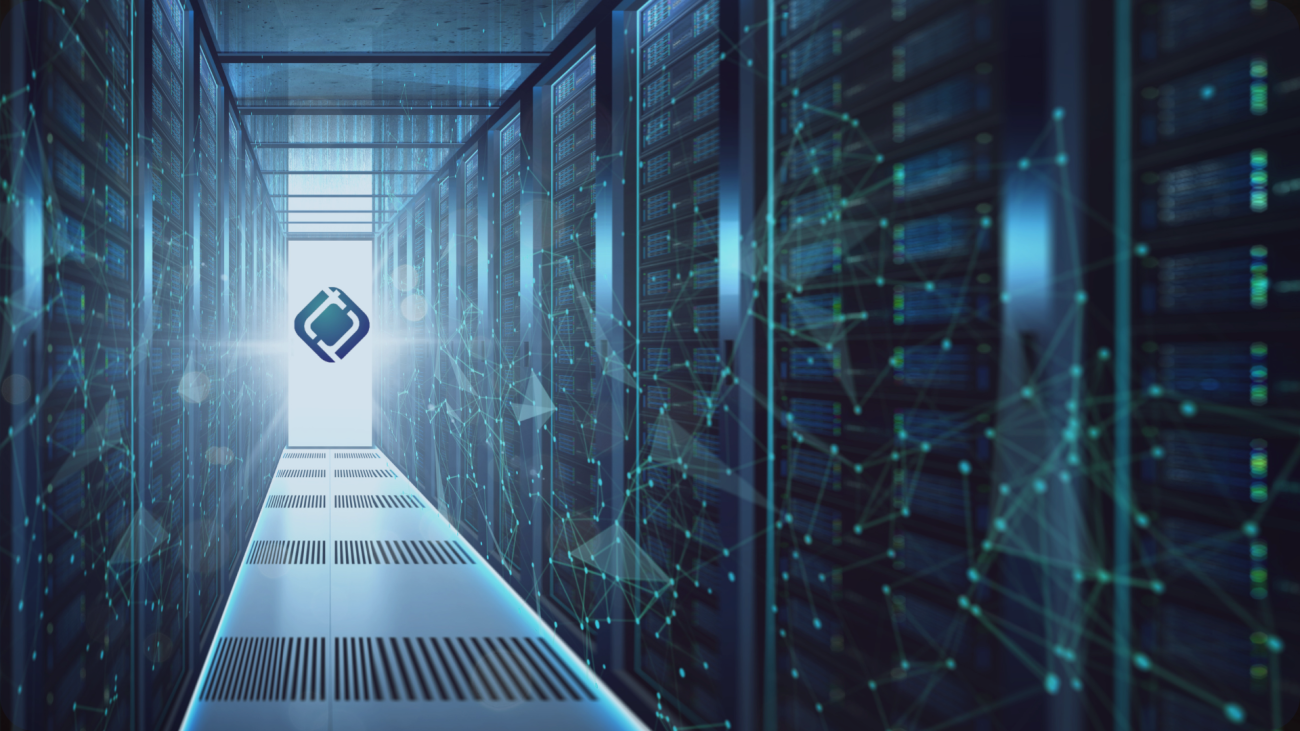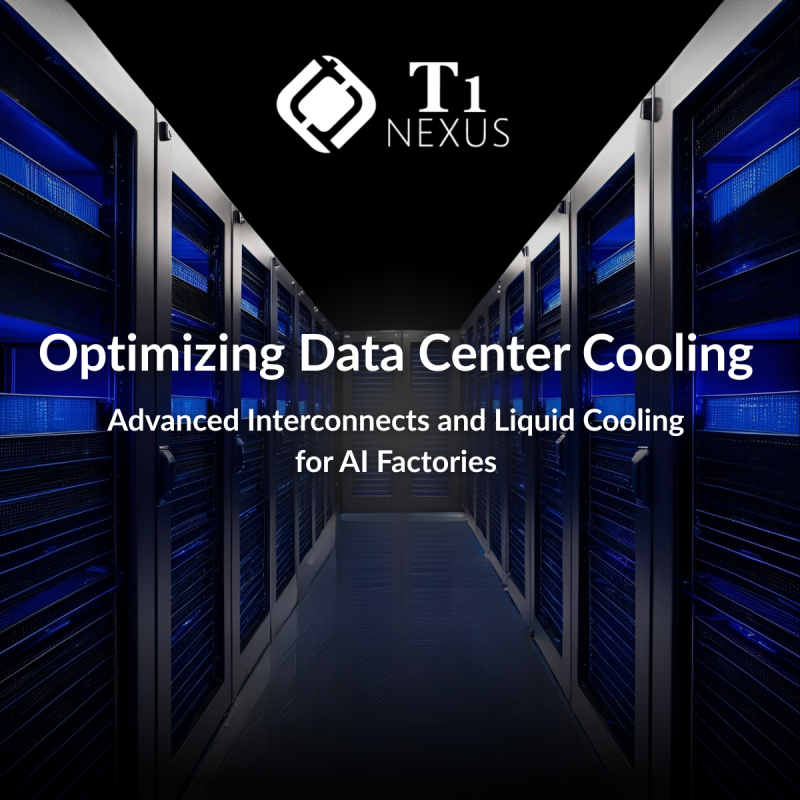
Resources
The Role of Optical Transceivers in AI-Driven Data Centers
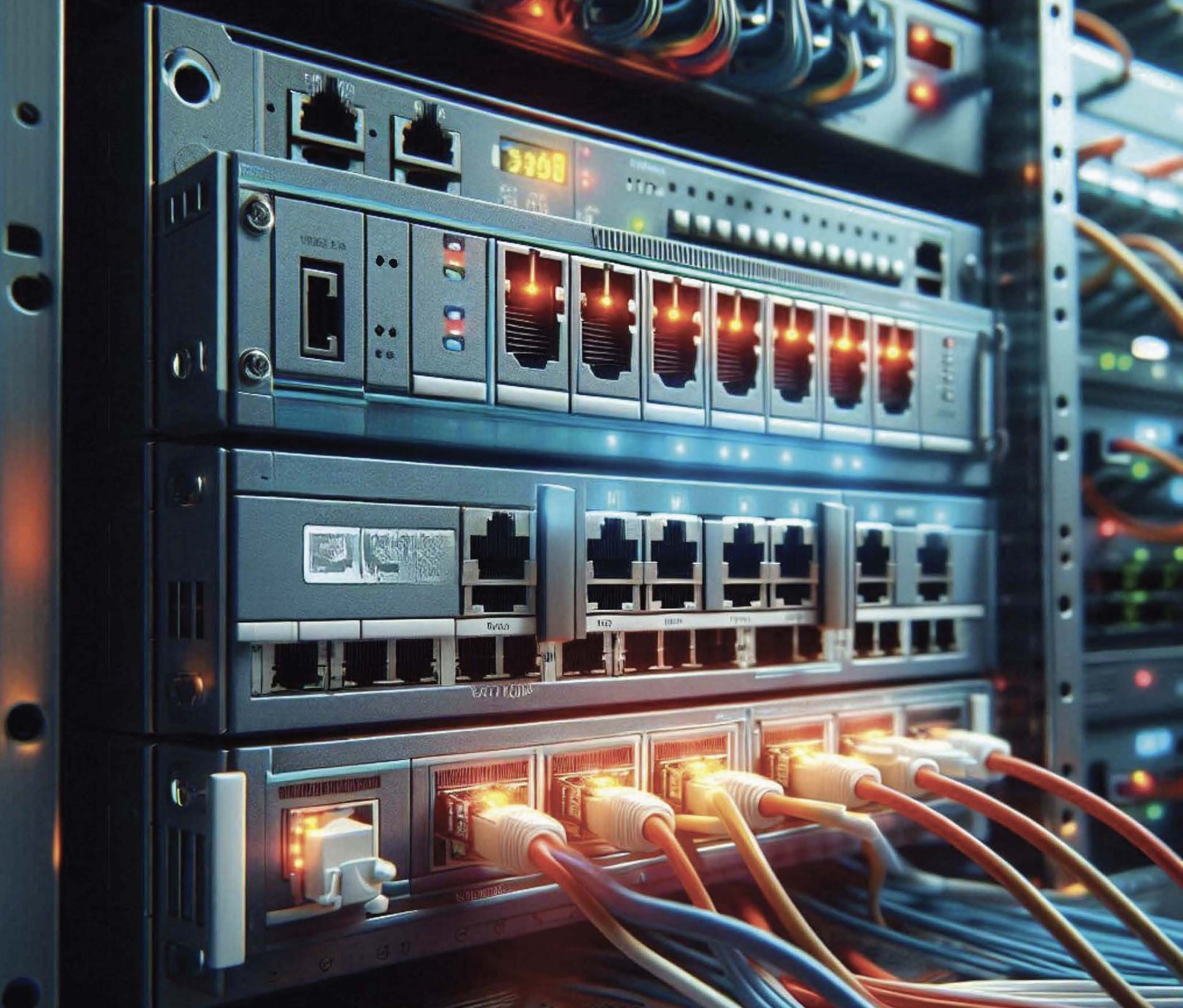
Artificial intelligence (AI) is transforming industries from manufacturing to transportation to retail, and everything in between. Whether optimizing production, logistics or supply chain processes, enabling predictive maintenance, improving traffic management, or personalizing shopping experiences, platforms like the NVIDIA DGX SuperPOD are increasingly being adopted by enterprises and data centers to handle the extreme AI workloads. This has led to increased pressure on optical networking engineers, bringing optical transceiver technology to the forefront
AI Data Challenges for Data Center Networks
AI workloads produce enormous amounts of data that need to be efficiently processed and routed both within and between data centers. Consequently, engineers face increased pressure to optimize data center interconnect (DCI) and intra-data center networks to handle the demands. According to Corning, “The substantial and continued growth of artificial intelligence (AI) is lighting up broadband connectivity both within and outside of the data centers that house them. Facilities supporting large-language-model AI applications will require up to five times more connectivity compared to today’s hyperscaler architectures.” And, with that kind of expansion comes a shift towards higher data rates like 400G, 800G and 1.6T. Analysts at SemiEngineering emphasize that the surge in data from AI and machine learning is increasing the pressure on data centers to use optical interconnects. These interconnects help speed up data throughput and reduce latency, which are critical for AI applications.
Modern Connectivity: 800G and Beyond
Data centers are moving towards 800G technologies to handle AI data volumes for some critical reasons.
- Increased Bandwidth Demand: AI applications, especially those involving large language models and high-performance computing (HPC), generate vast amounts of data. This necessitates higher bandwidth to ensure efficient data processing and transfer within and between data centers1.
- Faster Speeds and Lower Latency: AI-driven applications require rapid data processing and minimal latency. 800G technologies offer the speed and low latency needed to meet these demands, ensuring smooth and efficient operations.
- Scalability: As AI workloads continue to grow, data centers need scalable solutions. 800G technologies provide the necessary scalability to handle increasing data volumes without compromising performance.
- Energy Efficiency: Higher data rates like 800G are designed to be more energy efficient. This is crucial as data centers strive to manage power consumption while supporting the high demands of AI applications.
- Futureproofing: Adopting 800G technologies helps data centers prepare for future demands. As AI and other data-intensive apps evolve, having infrastructure that can support higher data rates ensures long-term viability and competitiveness.
Overall, the move towards 800G technologies is essential for data centers to keep up with the rapid advancements in AI and maintain efficient, scalable, and energy-efficient operations.
Expertise and Partnerships
Adapting to AI demands requires deep expertise. The T1Nexus team excels in systems integration, network architectures, and optical transceivers. We offer robust testing and a consultative approach to help future proof your infrastructure. Contact us today to learn more or click Enabling 800G-Ready Data Centers: Your Ultimate Guide – T1Nexus for access to our latest eBook.
